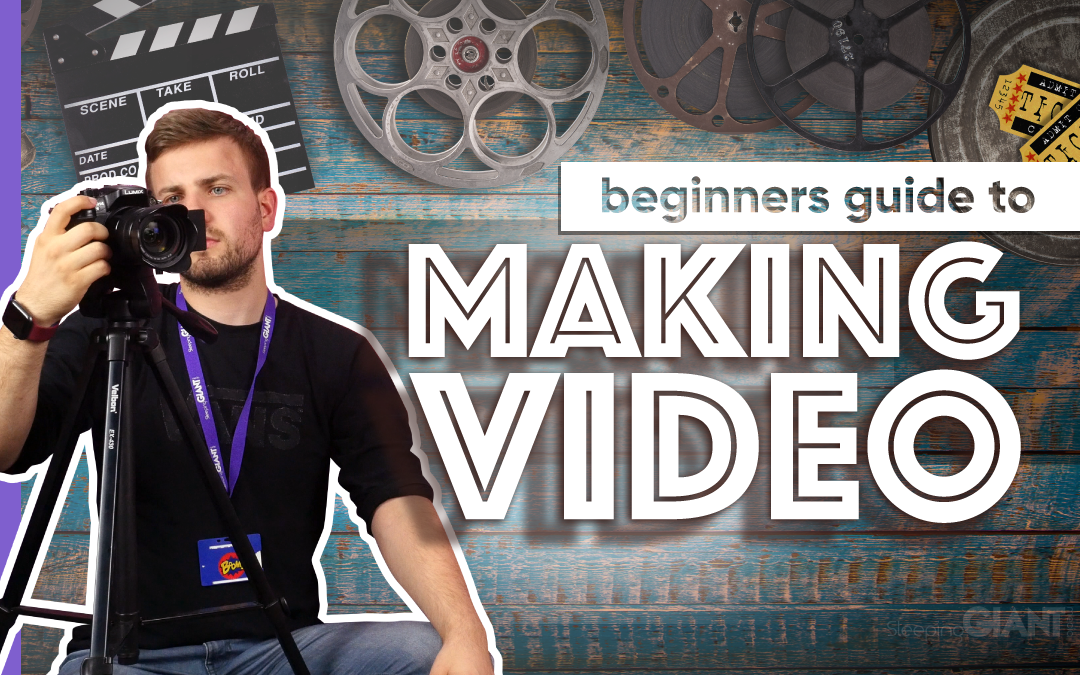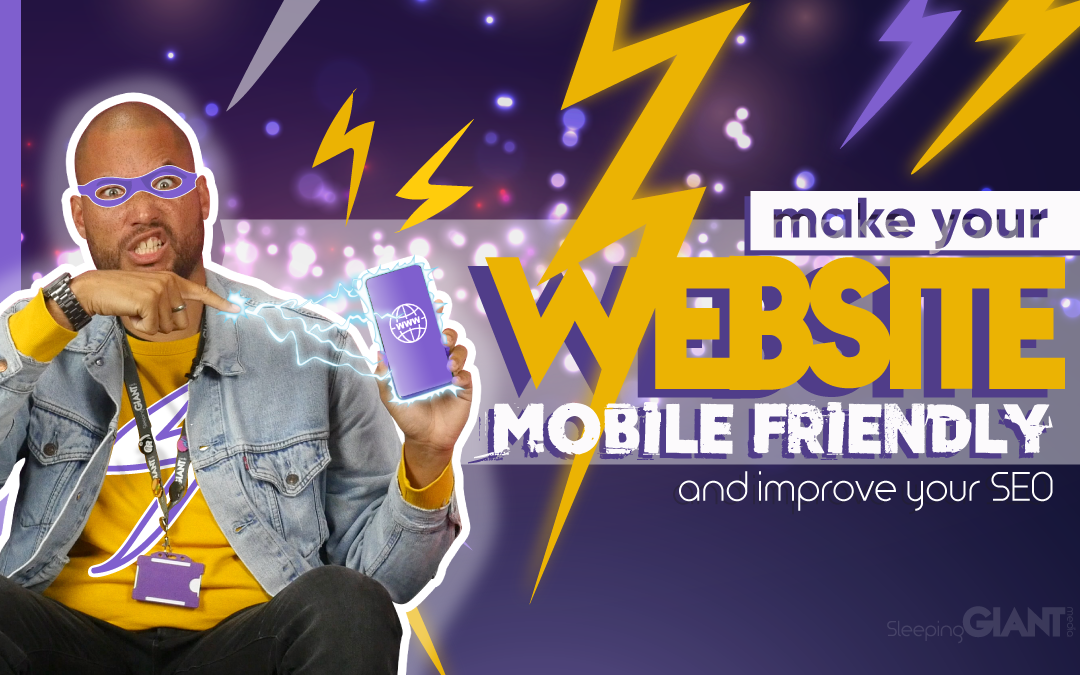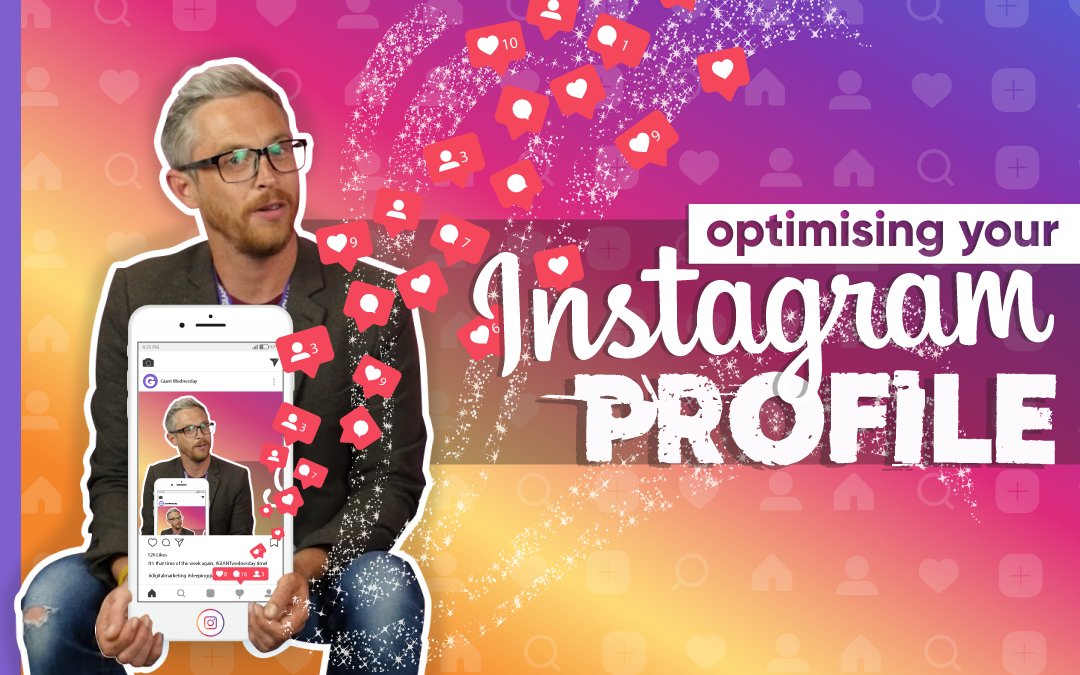In international SEO, hreflang tags are something that often cause a lot of...

Video Making & Filming Advice For Beginners
Video Making & Filming Advice For Beginners
Transcript:
I don’t mean to shock you, BUT, video drives up to 10 times more engagement, is shared 12 times more than images and text on social and can give you a 157% increase in organic traffic…
Wow. Who are you to argue with those numbers? It’s no wonder marketers are falling over each other trying to create the best videos possible.
It’s also no wonder people get confused on where to start!
Well, let me enlighten you. Get your camera equipment at the ready, because Wednesdays and your videos are about to get GIANT.
Hi! my name is Alex and welcome to Giant Wednesday, the only place to be to discover the wonderful world of digital marketing. Don’t forget to subscribe to our channel and post your comments below.
So I think we’ve already established that video is pretty impressive.
And I once heard a wise man say “Video is like pizza, even when it’s bad, it’s still pretty good.”
So don’t worry if you’re no Spielberg or a bit of a deer in the headlights when it comes to filming because I’m here to share five bits of advice to help you create some amazing video.
Lights, camera… action.
Number 1: Choose your camera wisely
Obviously, you don’t want to shoot video on something that has poor quality and resembles a potato.
Nowadays your camera of choice could well be your smartphone with so many of them now shooting in 4k quality, though you are sometimes limited in camera settings like shutter speed and aperture.
But let’s not get ahead of ourselves here. They are a great inexpensive-ish option.
Whether you’ve got the money or not to spend out on a more solid piece of kit, just ensure you can at least shoot in 1080p at 24 frames per second, and don’t forget to mount it on a tripod for a steady shot!
The camera you choose to use and the budgets associated with this will very much depend on the type of video you intend to make and its potential return. So keep that in mind unless you’re a real Mr Money Bags.
Tip 2: What’s Your Story?
I appreciate your enthusiasm – you’ve got your camera, and you just want to hit record and see what happens. But before you go ahead, bear in mind the reason you’re doing this whole thing at all.
A study found that those who watched video content cared more about the story and content of the video rather than the quality of the recording so let that be a warning!
Of course that doesn’t mean you can blow the dust off your Motorola Razr and use that, but it does mean that you have to carefully plan your video in advance.
Consider storyboarding your video and writing a script for anyone with a speaking part.
Planning in advance will massively improve your videos, and most importantly, boost engagement with your audience.
Number 3: Use a Gimbal
Ever seen one of these? No no, don’t be afraid! It doesn’t bite.
Whether you’re using a mobile phone or a DSLR, if you’re not using a tripod, you’ll really benefit from using a Gimbal.
This awesome piece of tech uses gyroscopes to make sure that your phone is always level – pretty clever huh?
Even if you think you have the steadiest hands in the world, trust me, your footage is going to come out shaky, which can make your final video look unprofessional.
As I said, you can buy Gimbals for use with a mobile, like this one, but you can also get ones that work with larger cameras.
Using one of these will dramatically improve the quality of your moving or panning shots and make you stand out from others making video.
Number 4: Direct your Subject
So chances are, at some point, you’ll be filming a person.
Some people have never been on camera, so it’s important that you make them feel at ease.
If multiple takes are needed, make sure you just say! Don’t settle for something that’s not perfect. Keep shooting till you’re happy because the likelihood is the presenter will prefer it too.
No one wants to look like an idiot, immortalised forever by film, they want to look as fabulous as a movie star.
If your subject trips over their words (which they will), make sure they take a short pause and compose themselves before starting again.
Trust me on this one, editing a subject that makes a mistake, tuts and tries again in the same breath is difficult, and the delivery in the final edit will seem a bit disjointed.
Number 5: Shoot in 24fps
If you’re a beginner then this probably means nothing to you.
Well, the frame rate is the speed at which the single frames are shown in a video. Kind of like how fast you flip through a flip book.
Most things in our lives, up until this point, have been shot in 24 frames per second so we’ve all been conditioned to think of it as the ideal way of watching video. This includes pretty much all TV shows and movies.
So of course, in today’s modern world as soon as we see a slightly improved number we jump at the chance. Because 60 frames per second is an option available on your camera and most smartphones nowadays, we seem to think its the better, more advanced choice.
But in this case, less is more. Unless it’s less than 24.
Of course there’s nothing wrong with shooting video above 24fps, such as 60, or even 120fps, but it’s best that you save those settings for when you want something to be in slow motion.
But if slow-mo isn’t your jam, keep to the old school ways.
And that’s just a small snippet of the advice I could give you to get you on track to making great video.
So remember, 24 frames per second, don’t shoot on a potato, make sure you tell a compelling story and make sure your shot is steady eddy.
You’ll be the next Spielberg in no time.
Share links to your creations in the comments so we can check them out!
And that’s it for today, go forth and comment your views, give us a like and subscribe to see more great digital and marketing content every week.
Thanks for watching, and we’ll see you next week for another GIANT Wednesday.
Sign Up For Giant Wednesday In Your Inbox
Use the form below to sign up and we'll send you fortnightly update emails when a new episode of Giant Wednesday is launched.
Follow Us
Sign Up For More
Stay up to date with the latest happenings, learnings, events & more with our GIANT Newsletters.
Contact Us
Top Floor, The Civic Centre, Castle Hill Avenue, Folkestone CT20 2QY.
Copyright © 2022 Sleeping Giant Media. All Rights Reserved.







